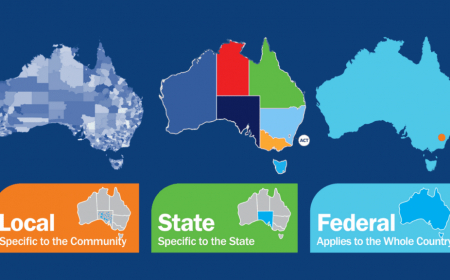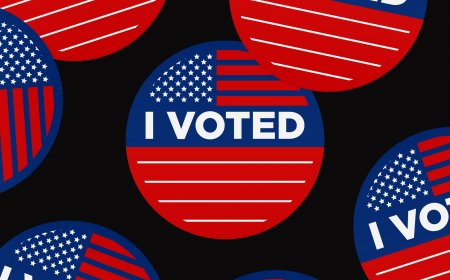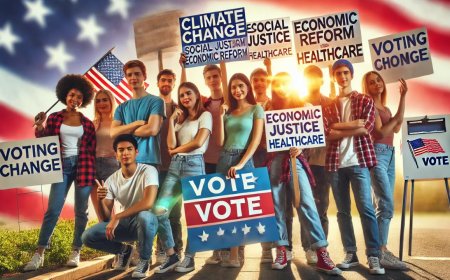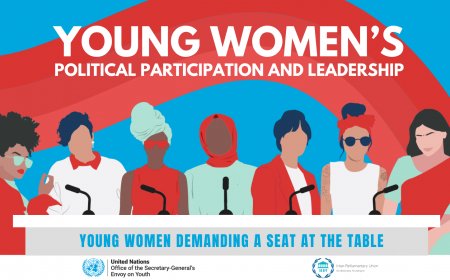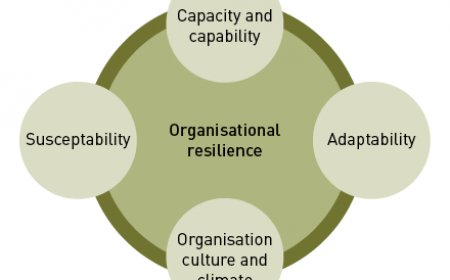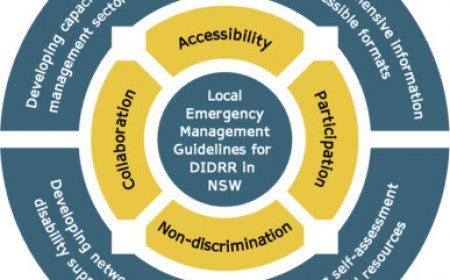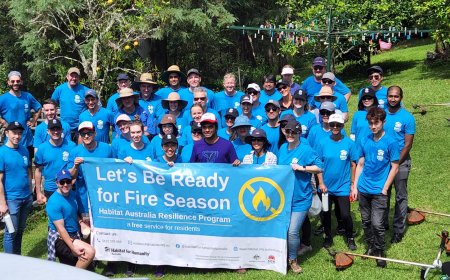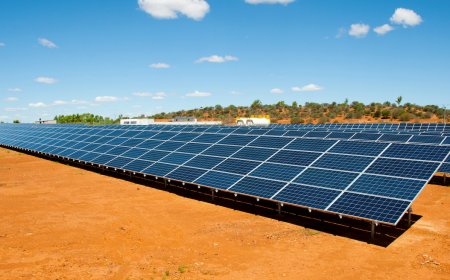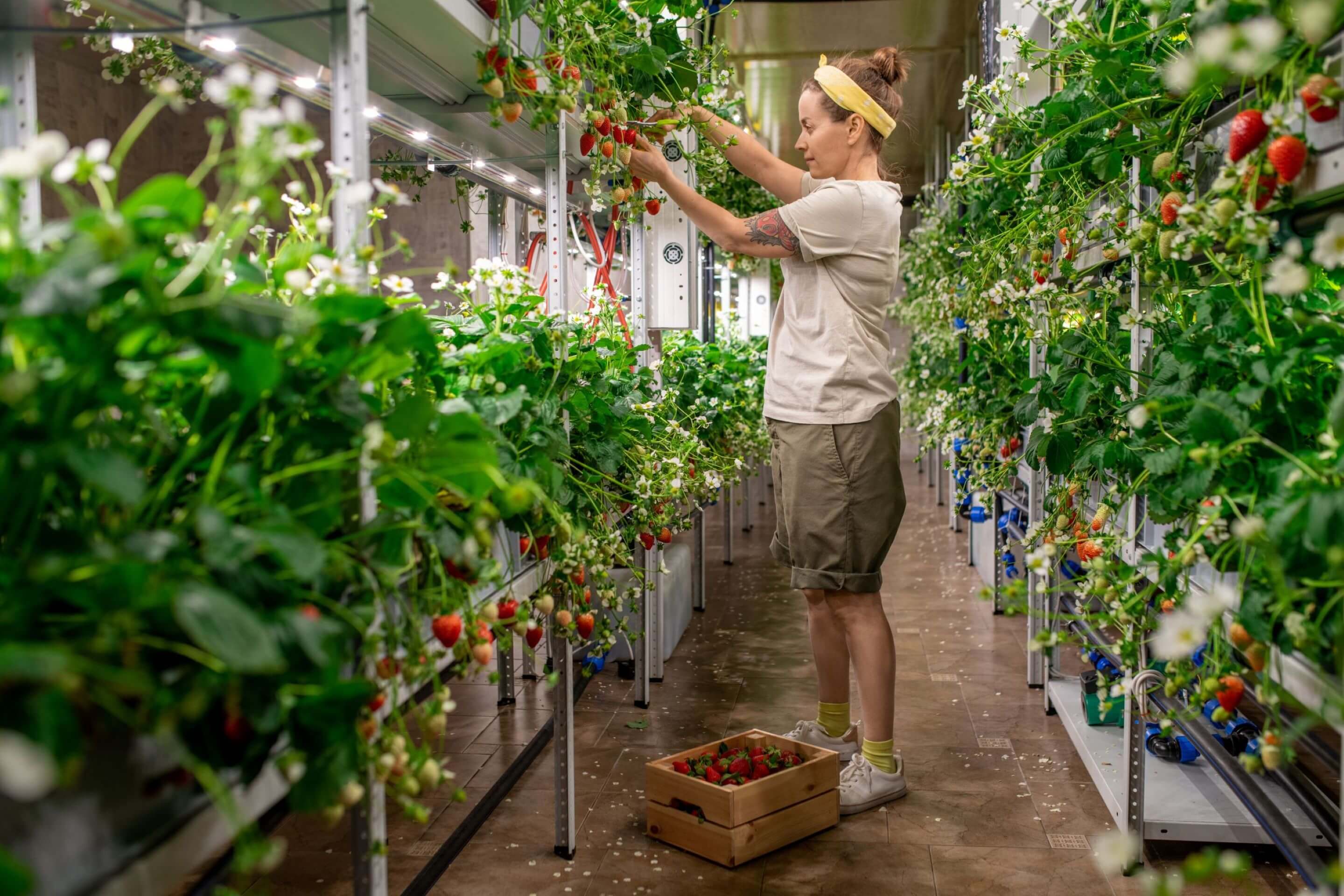US Elections: Voter Turnout Trends and Demographic Shifts
Explore the latest insights on US elections , voter turnout trends , and demographic shifts . Understand how changing demographics and technology are reshaping American democracy and influencing electoral outcomes.
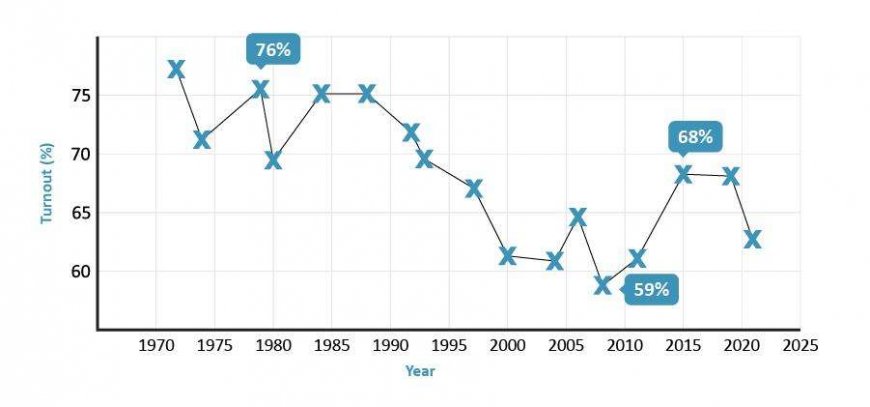
In the ever-evolving landscape of American democracy, understanding voter turnout trends and demographic shifts is crucial for predicting electoral outcomes and shaping public policy. The United States has witnessed significant changes in voting patterns over the decades, influenced by a multitude of factors such as age, race, education, and geographic location. This article delves into these dynamics, offering a comprehensive analysis of how voter behavior has evolved and what it means for the future of US elections.
The Evolution of Voter Turnout in the United States
Historical Overview of Voter Participation
Voter turnout in the US has experienced fluctuations throughout history, shaped by legislative reforms, societal transformations, and technological advancements. In the early 20th century, turnout rates were relatively high, often exceeding 70% in presidential elections. However, this trend declined sharply during the mid-20th century due to restrictive voting laws, apathy, and systemic disenfranchisement.
"Democracy thrives when citizens actively participate in elections."
By the late 20th century, efforts to expand access to voting—such as the Voting Rights Act of 1965 and the introduction of mail-in ballots—helped reverse this decline. Yet, disparities persist, particularly among marginalized communities. Understanding these historical trends provides valuable context for analyzing current voter participation.
Key Historical Milestones
- 1828–1896 : The "Golden Age" of voter turnout saw participation rates soar above 80% in some elections, driven by partisan competition and grassroots mobilization.
- 1896–1932 : Turnout plummeted during the Progressive Era, as Jim Crow laws, literacy tests, and poll taxes suppressed minority votes.
- 1965 : The Voting Rights Act eliminated many discriminatory practices, paving the way for increased minority participation.
- 2000s–Present : Advances in technology and shifting demographics have reshaped turnout patterns, with record-breaking numbers in recent elections.
Factors Influencing Voter Turnout
Several key factors influence whether eligible voters cast their ballots:
-
Socioeconomic Status : Individuals with higher income levels and educational attainment are more likely to vote. Economic stability provides resources like time and transportation, which facilitate participation.
-
Age : Younger voters (ages 18–29) traditionally have lower turnout rates compared to older adults. This gap narrows slightly in highly competitive or polarizing elections but remains a persistent challenge.
-
Race and Ethnicity : Minority groups face unique barriers to voting, impacting their overall turnout. For instance, Black voters historically overcame systemic obstacles through collective action, while Hispanic and Asian American voters often struggle with language accessibility and misinformation.
-
Geography : Urban areas tend to report higher turnout than rural regions. Suburban districts, once considered reliably conservative, have become increasingly competitive, reflecting broader cultural and political shifts.
-
Election Type : Presidential elections consistently draw larger crowds than midterm or local elections. Midterms typically see a 15–20% drop in turnout, highlighting the need for targeted outreach during off-years.
These variables interact in complex ways, creating nuanced patterns that vary across states and demographics.
Demographic Shifts Reshaping the Electorate
Racial and Ethnic Diversity in the Voting Population
One of the most significant demographic shifts in recent years is the growing diversity of the American electorate. According to census data, non-Hispanic whites now make up less than 60% of the population—a figure projected to decrease further in the coming decades. Meanwhile, Hispanic, Black, Asian, and multiracial populations are expanding rapidly.
This diversification has profound implications for voter turnout. For example:
-
Hispanic Voters : Despite being one of the fastest-growing groups, Hispanic turnout remains below national averages. Barriers such as language accessibility and voter ID requirements contribute to this gap. However, organizations like Mi Familia Vota are working tirelessly to close it through community engagement and advocacy.
-
Black Voters : Historically resilient despite systemic obstacles, Black voters have shown strong participation rates, especially in battleground states. Their turnout surged in 2008 and 2012, driven by Barack Obama's candidacy, and remained robust in subsequent elections.
-
Asian Americans : As a rapidly growing segment, Asian Americans are increasingly mobilizing through grassroots campaigns and community organizations. Issues like immigration reform and healthcare resonate deeply within this group, driving higher engagement.
Generational Changes in Voting Behavior
Millennials and Generation Z represent an emerging force in US politics. These younger cohorts prioritize issues like climate change, social justice, and economic inequality, which shape their voting preferences. While they exhibit lower turnout rates than older generations, targeted outreach and digital engagement strategies have begun to close this gap.
Why Young Voters Matter
Young voters hold immense potential to sway elections. With approximately 62 million Millennials and Gen Zers eligible to vote, their collective voice could redefine the political landscape. Recent movements like March for Our Lives and Sunrise Movement demonstrate their capacity for activism and organization.
Urban vs. Rural Divide
The urban-rural divide is another critical factor influencing voter demographics. Urban centers lean heavily Democratic, while rural areas skew Republican. Suburban districts, once considered reliably conservative, have become increasingly competitive, reflecting broader cultural and political shifts.
Suburban Swing Voters
Suburbs have emerged as key battlegrounds in recent elections. Diverse and politically moderate, suburban voters played pivotal roles in flipping House seats in 2018 and determining swing states in 2020. Candidates who address suburban concerns—such as affordable housing and education—are more likely to secure their support.
Impact of Technology on Voter Engagement
Digital Campaigning and Social Media
Technology has revolutionized how candidates engage with voters. Platforms like Facebook, Twitter, and Instagram allow campaigns to reach millions instantly, tailoring messages to specific demographics. Microtargeting techniques enable precise communication based on user data, enhancing voter mobilization efforts.
However, the rise of misinformation poses challenges. False narratives spread online can discourage participation or mislead voters about registration deadlines and polling locations. Addressing these issues requires robust fact-checking mechanisms and increased digital literacy.
Case Study: The Role of TikTok
During the 2020 election, TikTok became a surprising hub for political discourse. Young creators used humor and storytelling to educate peers about voting rights, deadlines, and candidate platforms. This organic approach proved highly effective in reaching first-time voters.
Online Voter Registration Systems
States adopting online voter registration systems have seen notable increases in participation. By simplifying the process, these tools remove barriers that previously deterred potential voters. Mobile apps and text reminders also play a role in boosting turnout, particularly among tech-savvy younger audiences.
Success Stories
California’s implementation of automatic voter registration led to a 20% increase in new registrants. Similarly, Georgia’s mobile app allowed users to check registration status and locate polling places, contributing to its record-breaking turnout in 2020.
Barriers to Voting and Efforts to Overcome Them
Legislative Obstacles
Restrictive voting laws remain a contentious issue nationwide. Measures such as strict voter ID requirements, limited early voting periods, and purged voter rolls disproportionately affect low-income individuals and minorities. Advocacy groups continue to push back against these policies, arguing they undermine democratic principles.
Controversial Laws
Texas Senate Bill 1, passed in 2021, tightened restrictions on mail-in voting and banned drive-thru voting. Critics argue such measures suppress turnout, particularly among marginalized communities. Legal battles surrounding these laws underscore the ongoing fight for equitable access.
Grassroots Mobilization
Community-led initiatives are instrumental in overcoming structural barriers. Organizations focused on civic education, transportation assistance, and advocacy work tirelessly to ensure every voice is heard. Their efforts highlight the power of collective action in driving meaningful change.
Examples of Success
Stacey Abrams’ Fair Fight organization played a pivotal role in Georgia’s 2020 election success. Through extensive voter registration drives and legal challenges, they helped flip the state blue for the first time in decades.
Case Studies: Notable Elections and Turnout Patterns
2020 Presidential Election
The 2020 election marked a historic milestone, with nearly two-thirds of eligible voters casting ballots—the highest turnout rate in over a century. Factors contributing to this surge included heightened political polarization, expanded mail-in voting options due to the COVID-19 pandemic, and unprecedented grassroots organizing.
Record-Breaking Numbers
- Mail-In Ballots : Over 65 million Americans voted by mail, accounting for nearly half of all ballots cast.
- Early Voting : More than 100 million people participated in early voting, reducing congestion on Election Day.
- Youth Engagement : Turnout among voters aged 18–29 increased by 8 percentage points compared to 2016.
Midterm Elections: A Different Story
In contrast, midterm elections typically see lower turnout. The 2018 midterms bucked this trend, drawing record numbers fueled by contentious races and heightened awareness of key issues. Analyzing these case studies reveals patterns that inform future electoral strategies.
Lessons Learned
Democrats regained control of the House in 2018 thanks to a wave of suburban and youth voters. Republicans retained the Senate by focusing on rural constituencies. These outcomes underscore the importance of targeting specific demographics.
Future Projections: What Lies Ahead?
Anticipated Growth in Minority Voting Blocs
As minority populations grow, so too will their influence at the ballot box. Political parties must adapt by addressing the concerns of these diverse constituencies. Failure to do so risks alienating vital segments of the electorate.
Emerging Trends
- Latino Surge : Latinos are projected to become the largest racial or ethnic group in California by 2024, making them a decisive voting bloc.
- Asian American Influence : With rapid population growth in states like Texas and Nevada, Asian Americans are poised to shape electoral outcomes.
Potential Reforms to Boost Turnout
Proposals such as automatic voter registration, extended early voting periods, and restoring voting rights to formerly incarcerated individuals aim to increase accessibility. Implementing these reforms could significantly enhance participation rates.
Automatic Voter Registration
Already adopted in 20 states, automatic voter registration streamlines the process by enrolling eligible citizens when they interact with government agencies. Early results show promising increases in registration numbers.
Conclusion
Understanding US elections , voter turnout trends , and demographic shifts is essential for navigating the complexities of modern democracy. From historical analyses to contemporary challenges, this article underscores the importance of equitable access to voting and proactive measures to engage all citizens. By addressing barriers and embracing inclusivity, we can strengthen the foundation of American governance.
FAQs
-
What is voter turnout? Voter turnout refers to the percentage of eligible voters who cast ballots in an election.
-
Why does voter turnout matter? High turnout ensures representative outcomes and strengthens democratic legitimacy.
-
Which demographic groups vote the most? Older adults, college-educated individuals, and white voters historically exhibit higher turnout rates.
-
How has technology impacted voting? Technology has streamlined registration processes and enhanced campaign outreach but also introduced challenges like misinformation.
-
What are common barriers to voting? Barriers include restrictive laws, lack of access to polling places, and socioeconomic disadvantages.
-
Are young people less likely to vote? Yes, younger voters generally participate at lower rates, though recent elections show signs of improvement.
-
How does race affect voter turnout? Racial minorities face systemic obstacles that depress turnout, though mobilization efforts are closing the gap.
-
What role do urban areas play in elections? Urban centers tend to support Democratic candidates and report higher turnout than rural areas.
-
Can policy changes improve turnout? Yes, reforms like automatic registration and expanded early voting can boost participation.
-
What was unique about the 2020 election? The 2020 election featured record-breaking turnout driven by pandemic-related adjustments and heightened political engagement.
What's Your Reaction?
 Like
0
Like
0
 Dislike
0
Dislike
0
 Love
0
Love
0
 Funny
0
Funny
0
 Angry
0
Angry
0
 Sad
0
Sad
0
 Wow
0
Wow
0



